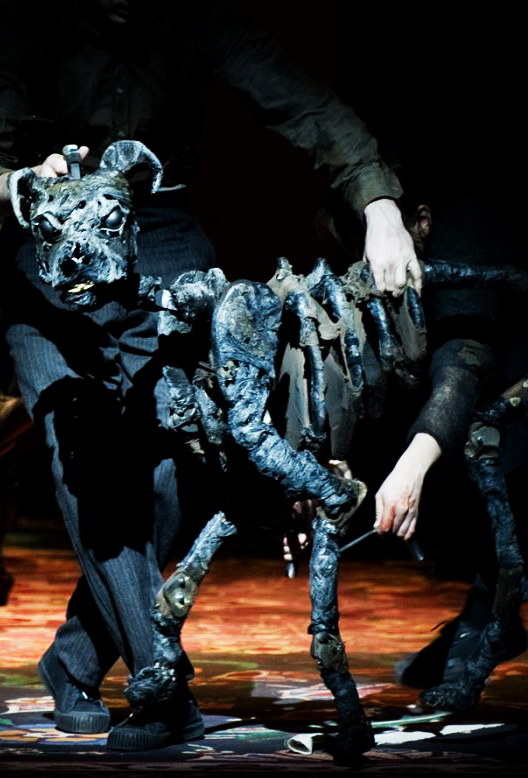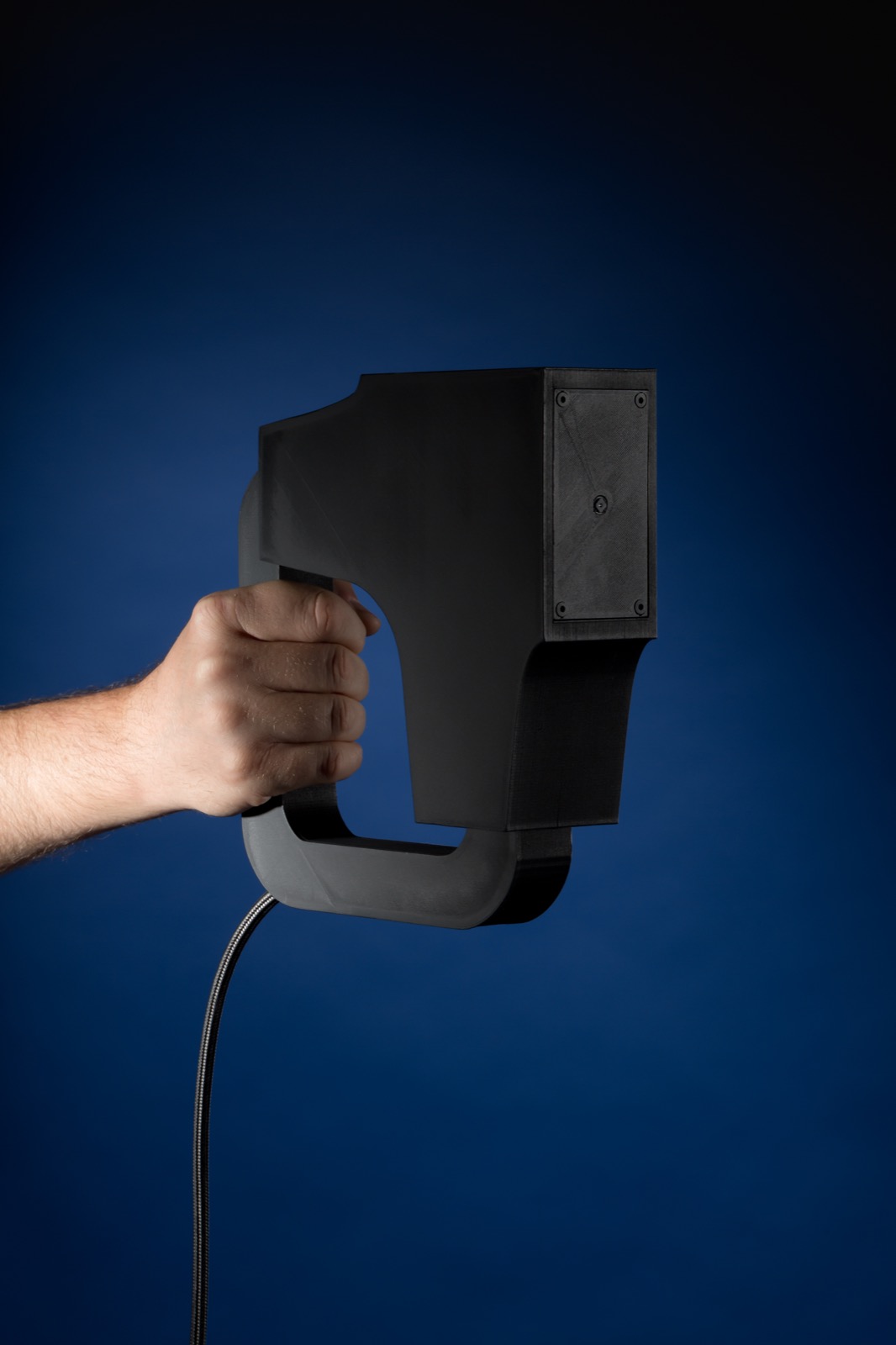
Alexander Raskatov
A Dog’s Heart
Dutch National Opera
Libretto by Cesare Mazzonis
based on a novella by Mikhail Bulgakov

A Dog’s Heart
Dutch National Opera
Libretto by Cesare Mazzonis
based on a novella by Mikhail Bulgakov

AI Facial Profiling, Levels of Paranoia

Hosotan
Hijikata conceived of Ankoku Butoh from its origins as an outlaw form of dance-art, and as constituting the negation of all existing forms of Japanese dance. Inspired by the criminality of the French novelist Jean Genet, Hijikata wrote manifestoes of his emergent dance form with such as titles as ‘To Prison’. His dance would be one of corporeal extremity and transmutation, driven by an obsession with death, and imbued with an implicit repudiation of contemporary society and media power. Many of his early works were inspired by figures of European literature such as the Marquis de Sade and the Comte de Lautréamont, as well as by the French Surrealist movement, which had exerted an immense influence on Japanese art and literature, and had led to the creation of an autonomous and influential Japanese variant of Surrealism, whose most prominent figure was the poet Shuzo Takiguchi, who perceived Ankoku Butoh as a distinctively ‘Surrealist’ dance-art form.